Review: I AM WHAT I AM at The Grand Theatre, Hong Kong Cultural Centre
As part of the 52nd Hong Kong Arts Festival, the Cantonese stage adaptation of "I Am What I Am" premiered on 08 March 2024 at the Grand Theatre, Hong Kong Cultural Centre
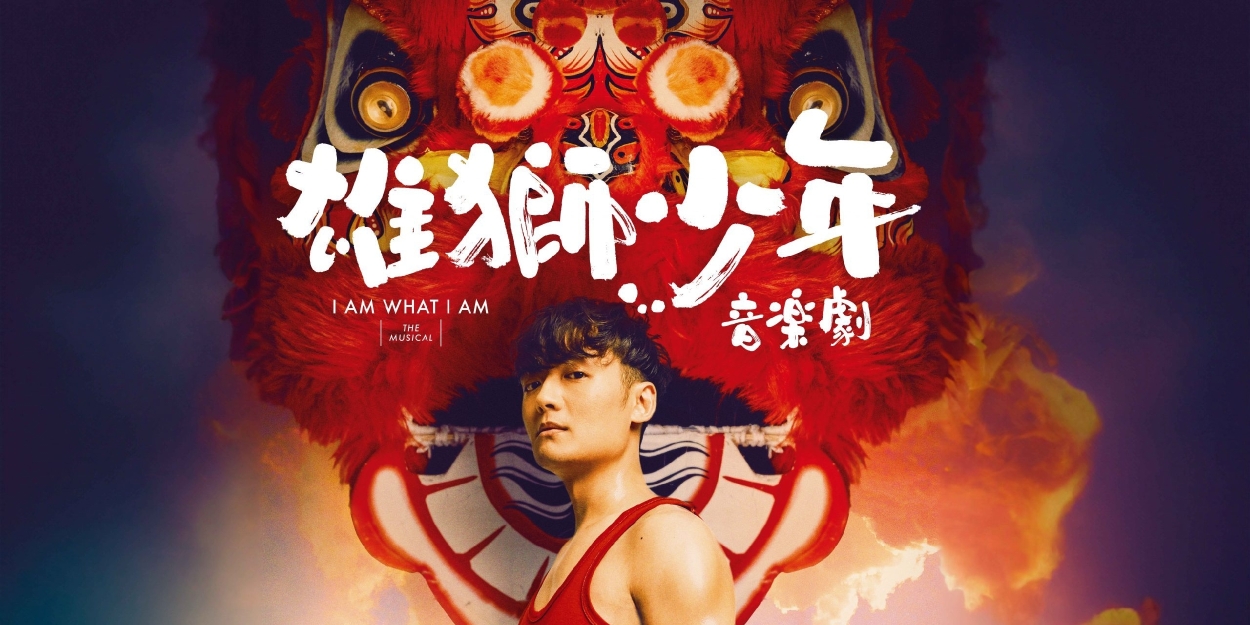

The Cantonese stage adaptation of the beloved Chinese animation, "I Am What I Am," premiered last night at the Grand Theatre of the Hong Kong Cultural Centre, as part of the 52nd Hong Kong Arts Festival.
Set in the Guangdong province, the musical follows the journey of Ah Kuen, a scrawny teenager with dreams of becoming a lion dance performer. Despite facing constant rejection, Ah Kuen and his friends, 'Cat' and 'Dog', end up following Keung, a retired lion dance master. Keung, who had abandoned his passion years ago after abruptly ending his lion dance career, leads the teenagers on a transformative journey to the National Lion Dance Contest, where they strive for victory while undergoing personal growth.
Jordan CHENG delivers a remarkable performance as Ah Kuen, skilfully portraying the character's personal growth, determination, and resilience. His performance truly demonstrates the hero's journey, and with stellar vocals, it was a real treat to see him in this role.
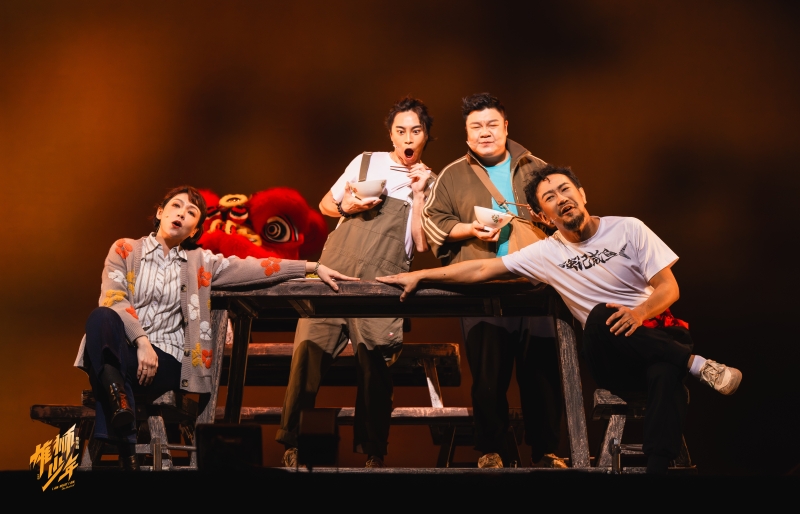
Besides CHENG, theatre veterans CHU Pak Him and Kit CHAN shine in their respective roles as Keung and Chun. Responsible for many of the comedic and moving moments in the musical, their chemistry really stands out. Special mention must also go to Kit CHAN for her solo numbers which garnered thunderous applause from audiences.
Belinda CHAN, who plays the role of Hui Kuen Yin, also delivers a strong performance, making the character's determination, resilience, and unwavering passion incredibly believable.
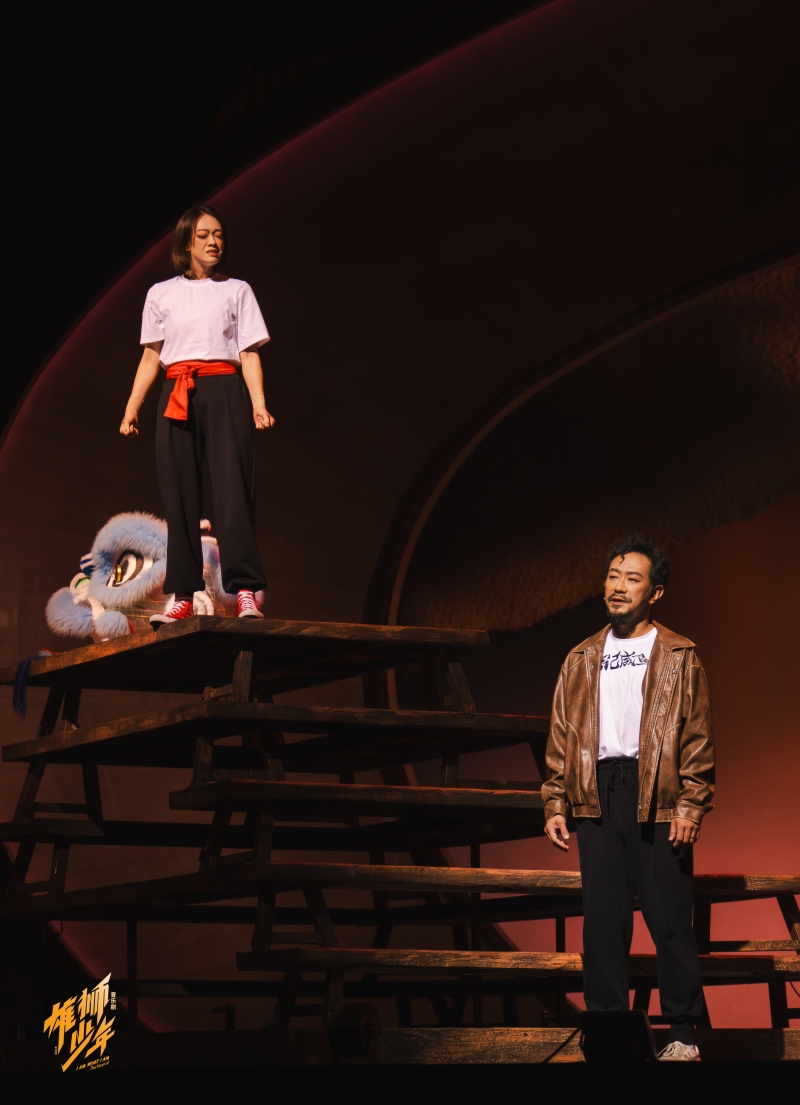
Furthermore, tasked with one of the most vocally challenging musical numbers, Belinda CHAN exhibits impeccable control, effortlessly hitting the challenging notes.
The musical features many original songs, incorporating a diverse range of musical styles. While the attempt to blend traditional drumming, pop rock, flamenco, jazz/cabaret, and folk is commendable, the execution falls short in some aspects. The up-tempo numbers tend to suffer from elaborate arrangements and fast, dense lyrics, making it challenging for the audience to fully grasp the lyrics, constantly having to switch between stage and subtitles. The colloquial nature of the Cantonese language used in the production is well intended, though this may limit its accessibility to non-local audiences, in addition, with the production being centred around a traditional art form of rich history, the lyrics at times can come across too colloquial in contrast with some of the more poetic dialogue within the musical. Another issue worth mentioning is the frequent use of vocables (such as the "Da-di-da" and "Ba-ma-ba-ma"), which were a little off-putting and odd. Despite all this, it is worth noting that the slower musical numbers are executed well, both in terms of melodies and lyrics, allowing audiences a deeper emotional connection, and to appreciate the beauty of the performance.
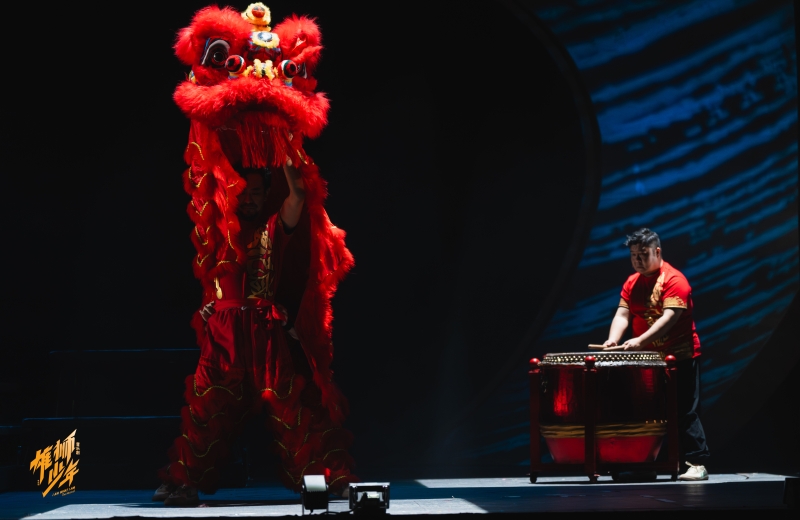
Composer Leon KO expressed the importance of drums in the musical, aiming to awaken the dormant heart. Unfortunately, the drumming sequences felt short, abrupt, and anticlimactic, leaving the audience longing for more intensity and buildup. The absence of cymbals and gongs, which are prominent in traditional lion dance music, required the drum sequences to be more intricate and intense to evoke a stronger response.
Considering the significance of lion dance in Chinese culture, it is regrettable that the production missed an opportunity to fully showcase this art form. The lion dance numbers, while visually pleasing, lacked the depth and intricacy of that could have elevated the production. It left audiences wanting more, and if incorporating traditional columns and exploring more of the art form's rich symbolism, the production could have been significantly enhanced, both in terms of visual and authenticity. Here, I would recommend drawing inspiration from the Shenzhen Opera and Dance Theatre's production of Wing Chun, which paid homage perfectly to the art form.
On a positive note, the combined efforts of staging director Florence CHEONG, scenographer Jan WONG, and lighting designer YEUNG Tsz-Yan deserve recognition for their excellent work. The set, though relatively minimalistic, is beautifully crafted and cleverly blends in the eye of the lion at its centre. As for lighting, YEUNG really helps to set the ambiance of the scenes.
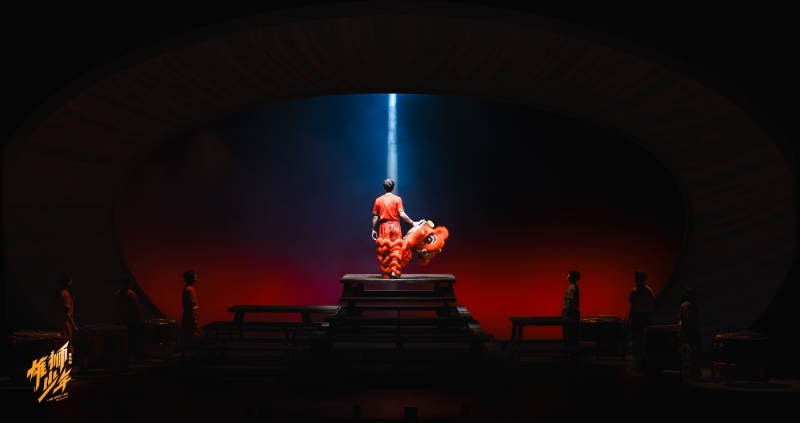
During the more intense and dramatic moments, the lighting design employs deep, shadowy hues to stir audience emotions. In scenes featuring the lions, the lighting accentuates the shape and movement of the lions, effectively highlighting the beauty of this art form.
While there were missed opportunities in certain aspects, "I Am What I Am" is a heartfelt adaptation that showcases the journey of self-discovery and the pursuit of dreams. The strong performances from the cast made the production a memorable experience despite the flaws in the book and music. To create a Cantonese version of the production within a limited time frame and to take on such a physically demanding musical, the cast and creatives should be proud of their effort. With further refinement to the score and book, this musical has the potential to become a notable representation of original Cantonese musicals.
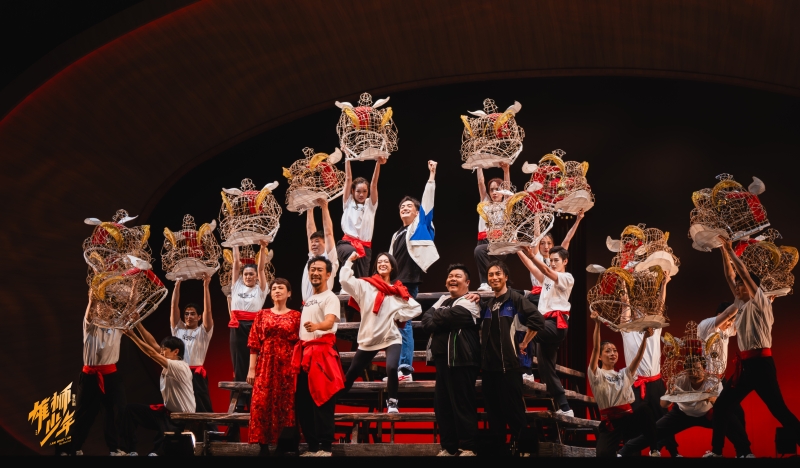
.jpg)
.jpg)
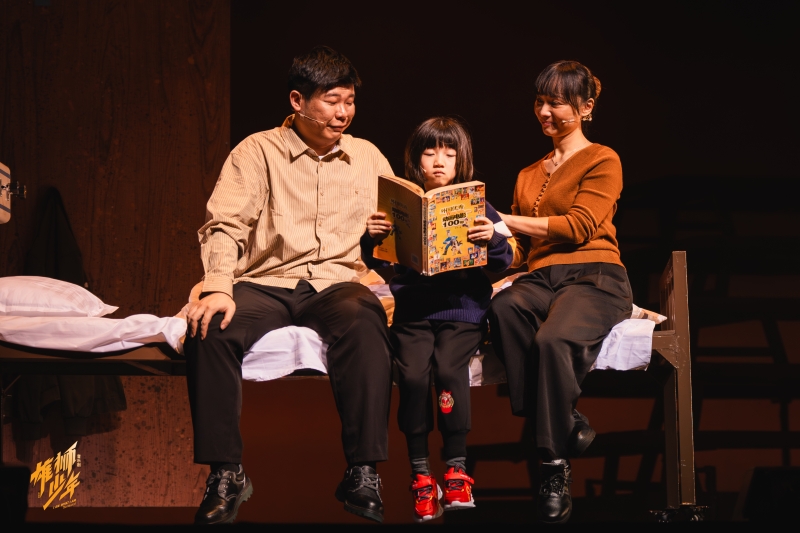
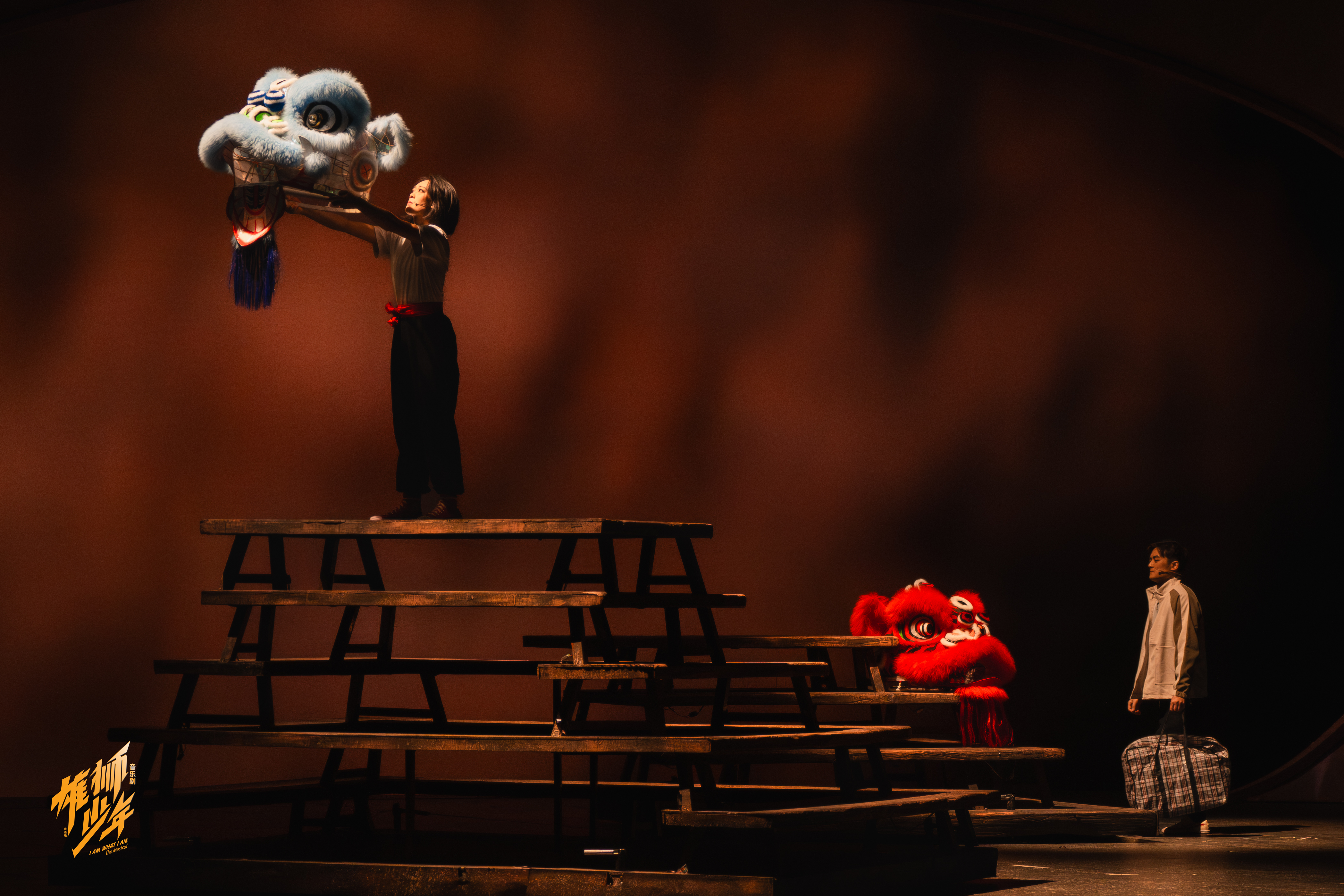
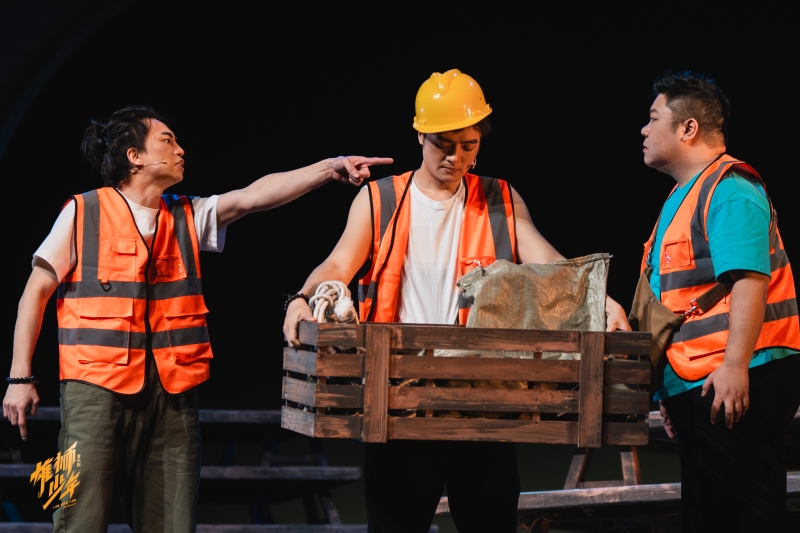
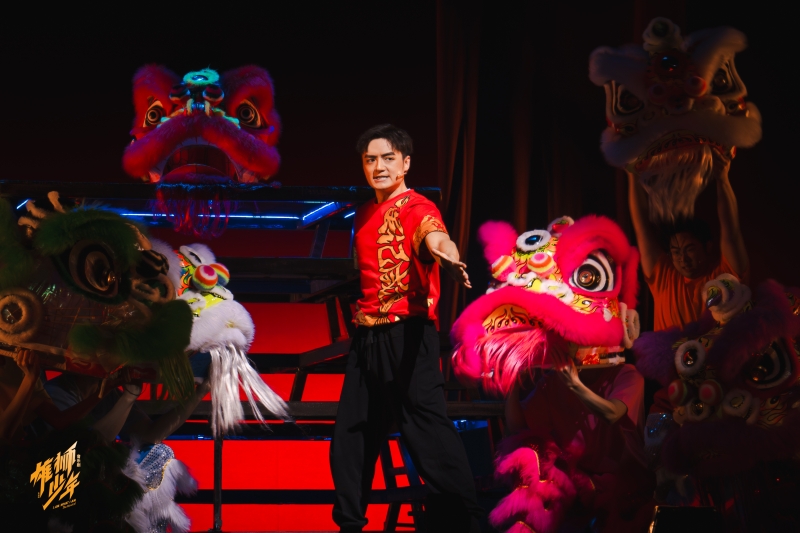
.jpg)
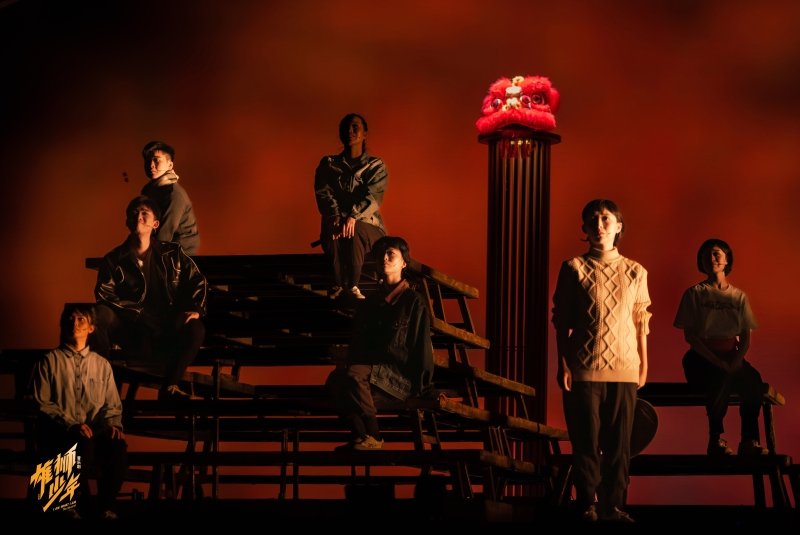
Reader Reviews

Videos

